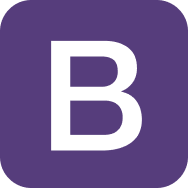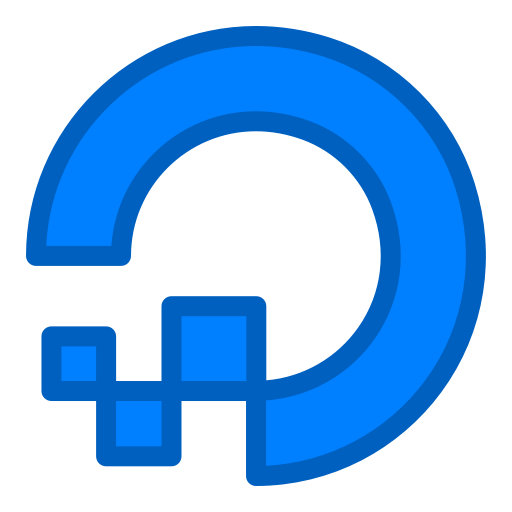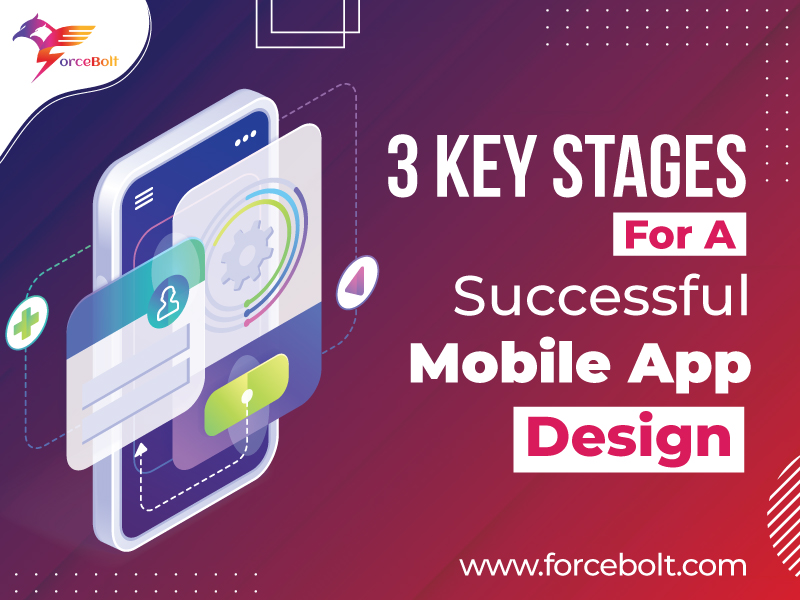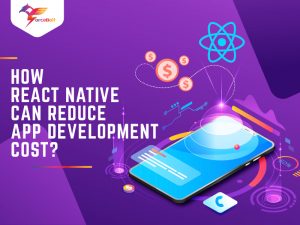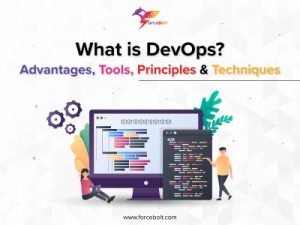Sharing is caring!
The mobile app industry is extending by leaps and bounds in today’s fast-paced world. As a result, mobile marketing tactics are getting increasingly competitive. Therefore, app developers must be cautious about the method they use when developing mobile apps to maintain app exposure in such a complicated environment. Furthermore, app stores, in-app advertising, or full-stack development agencies are expected to produce $693 billion in income for mobile apps in 2021. Furthermore, by 2022, workplace mobility is expected to be valued at $510.39 billion.
Source: Statista
While many businesses are attempting to capitalize on this trend, many are unaware of properly developing an app. These growth estimates can help your firm succeed in the competitive marketplace, but only if they’re backed up by a carefully maintained mobile app design process.
Here in this guide, we have mentioned three stages of
that will lead to your app’s success.
1. Business Analysis
You must initially determine the target platform (iOS, Android, or both), the development approach, and the functional requirements for each mobile app development project. Although this may appear overly technical at first, the decisions you make now will significantly impact subsequent steps. Therefore, it is advisable to work through this stage with a professional react development agency specializing in mobile design to relieve stress and make a calculated and confident decision.
While deciding the platform, you will need to identify your target audience and analyze their platform preferences, which vary depending on geography and money. It would be best to consider the development approach once you have defined the platforms you need to reach. Here are your choices:
Native Development: The app’s UX and UI design adheres to the platform’s original guidelines, and it looks the same as any other software for that platform. This development approach comes at a significant price in terms of execution, but it ensures excellent user happiness.
Hybrid Development: Since the UX and UI are identical across platforms, some consumers may find it strange at first. The costs of implementation are nearly twice as cheap as they are with native programming.
Cross-platform Development: UX and UI design provide a close-to-native look and feel on any platform. This method necessitates around 70% of the native development costs.
2. UX Design
After you have specified the functional requirements for your prospective app, your chosen vendor can begin the design process. The first stage is user experience design, usually done in collaboration with a business analyst by a UX professional. Next, the team creates fictional profiles of your app’s future users, also known as personas, and their engagement behaviors with the app or user scenarios. Mobile app design often necessitates 5-7 personas with at least two different user scenarios designed for each, depending on the functionality of your app.
Personas and scenarios both aid a UX designer in determining what people desire to accomplish when using your product. This understanding helps the designer to give interaction flows between a user and the mobile app the detailed shape of wireframes, either hand-drawn or digital.
3. UI Design Prototyping
UX wireframes, which are typically monochromatic patterns, are the foundation for user interface designers’ work. They turn the lo-fi wireframes into a colorful, hi-fi digital prototype by merging your company’s brand book, platform-specific rules, and the newest mobile design trends. If you already have a web application with a similar set of features, UI designers ensure that the mobile app’s appearance matches that of the website.
When the prototype is complete, the UI team will contact you and request your feedback. At this time, make sure to express all of your concerns and reservations. Even if specific important fixes or additions turn out to be expensive, they will be at least two times less costly at this point than they will be later, in the form of code.
The design is complete only if your project team approves the final version of the UI prototypes, and you can safely proceed to development.
Conclusion
Mobile app design is an ongoing process and will continue after the initial launch as you receive user feedback and build additional functionality. Each project has its specifics that can pose more questions and require more decisions from your side. Leveraging these three stages for the mobile app design process will ensure your application’s successful development and launch.
Need assistance in building or submitting your mobile application? Connect with the team of full-stack experts at ForceBolt, who will provide you with both frontend and backend services without any hassles.

Abhishek Singh
Full Stack Technical Lead
A highly motivated Senior Full Stack Developer who is self-driven and actively looks for ways to contribute to the team. He possesses rich expertise and deep knowledge about a good software development process that includes documentation, testing, documentation, and collaboration. With solid communications and reasoning skills, he delivers high performance and quality in his projects. He is always open to assist other teams in understanding project requirements so that collaboration can happen in the best possible ways in an environment conducive to the business.



